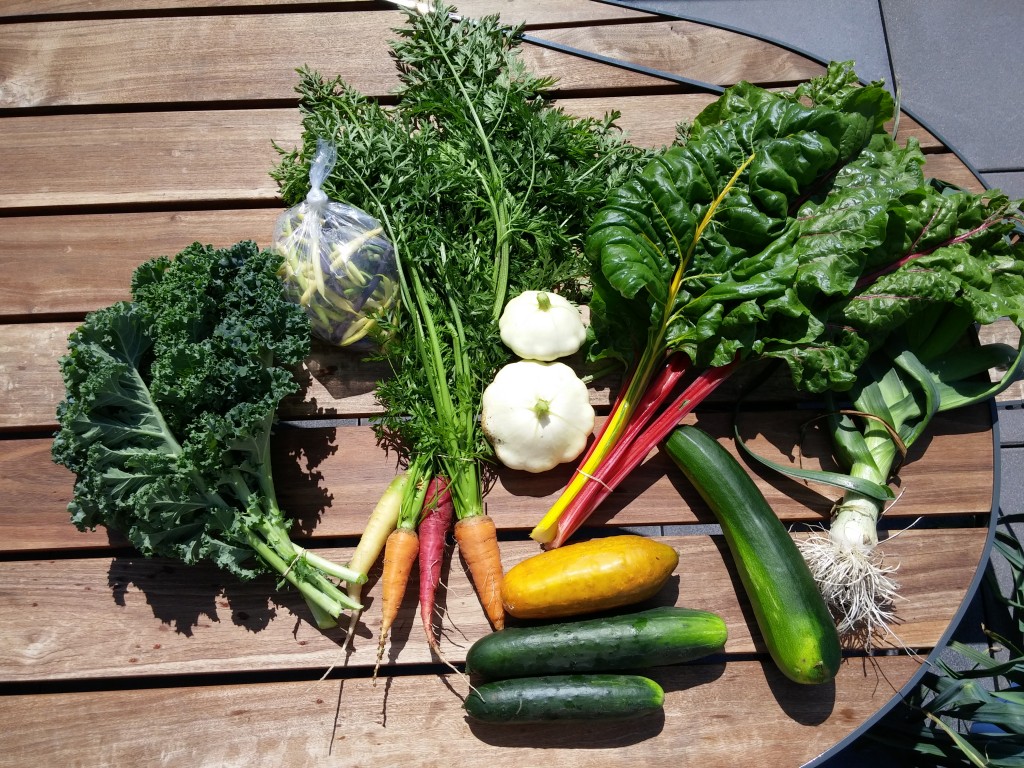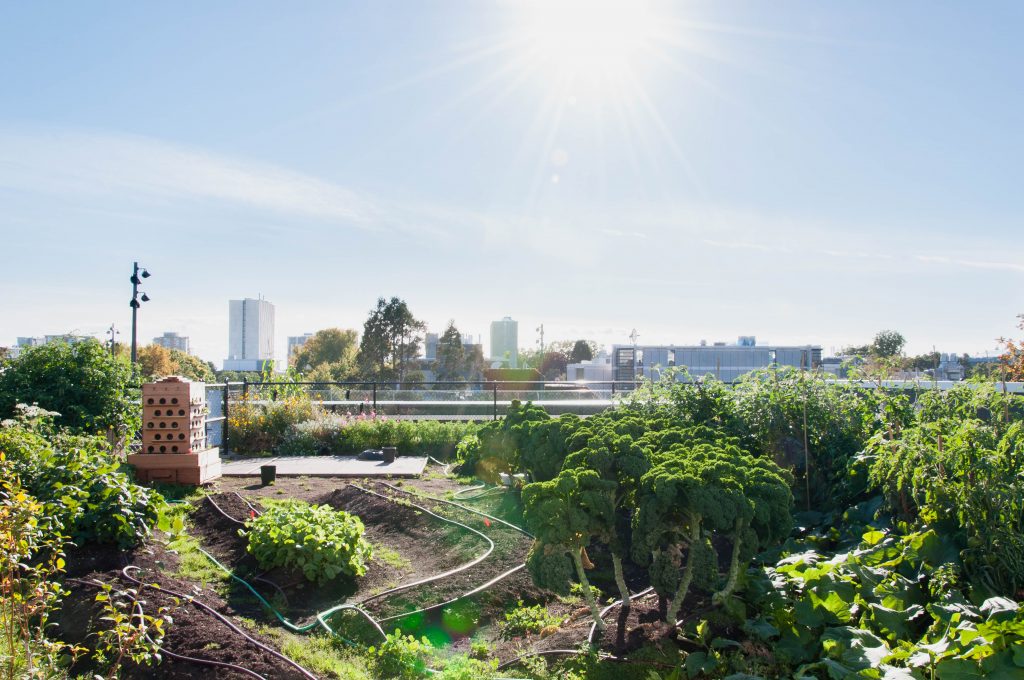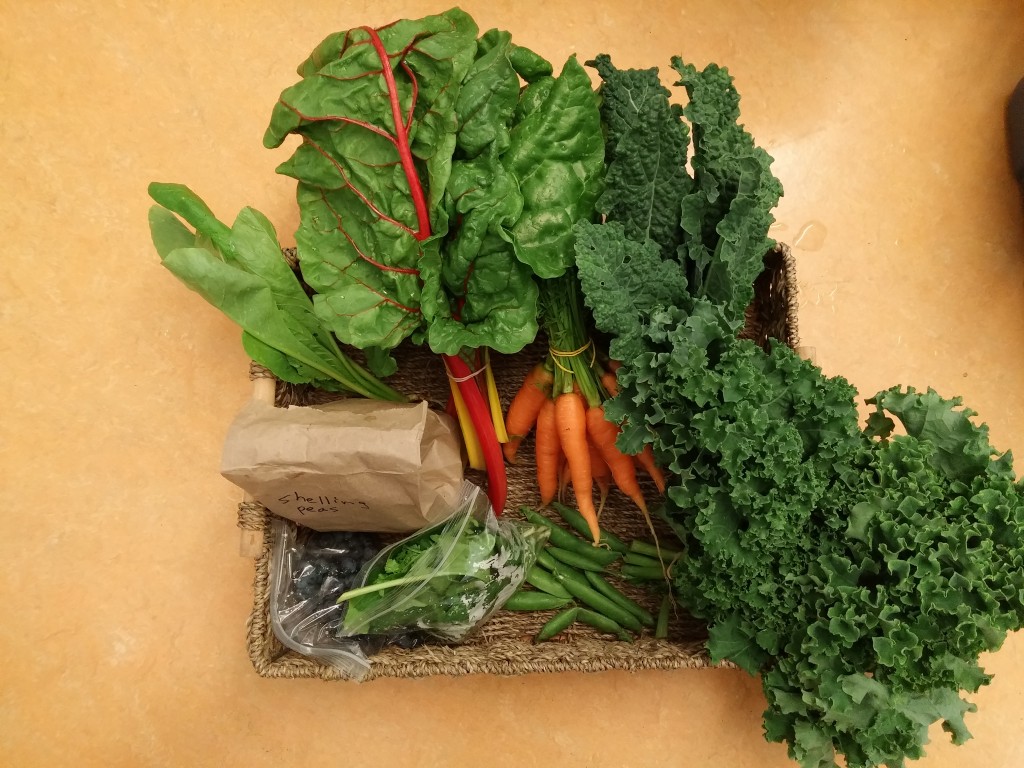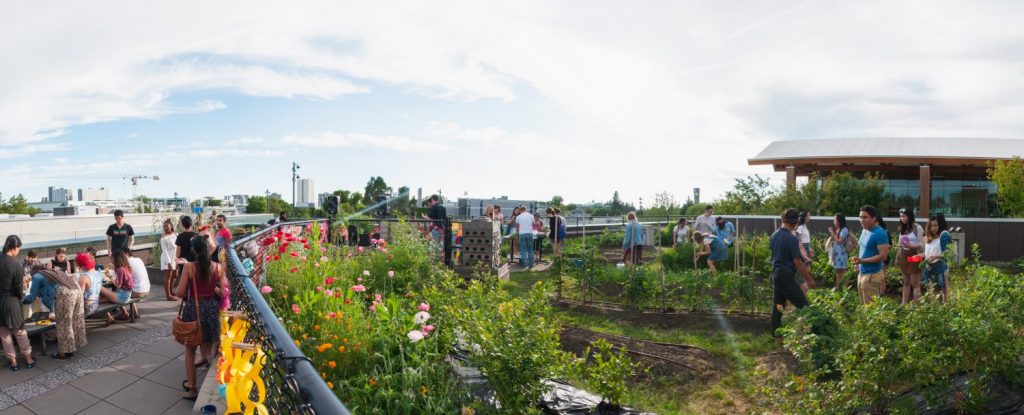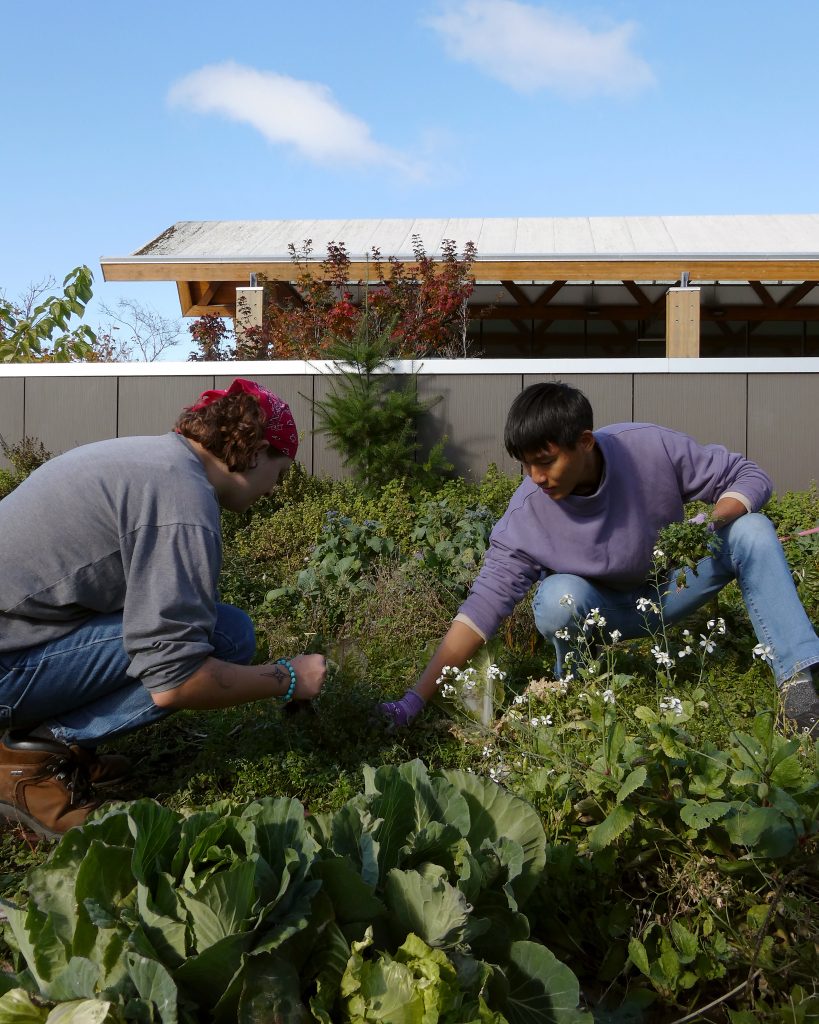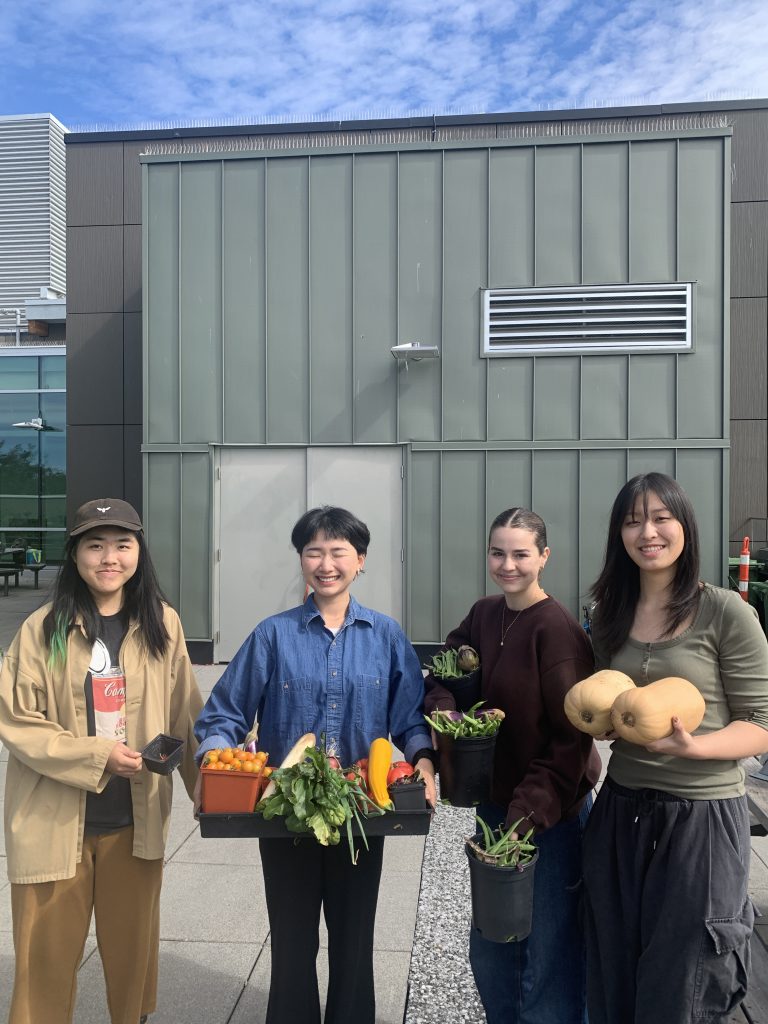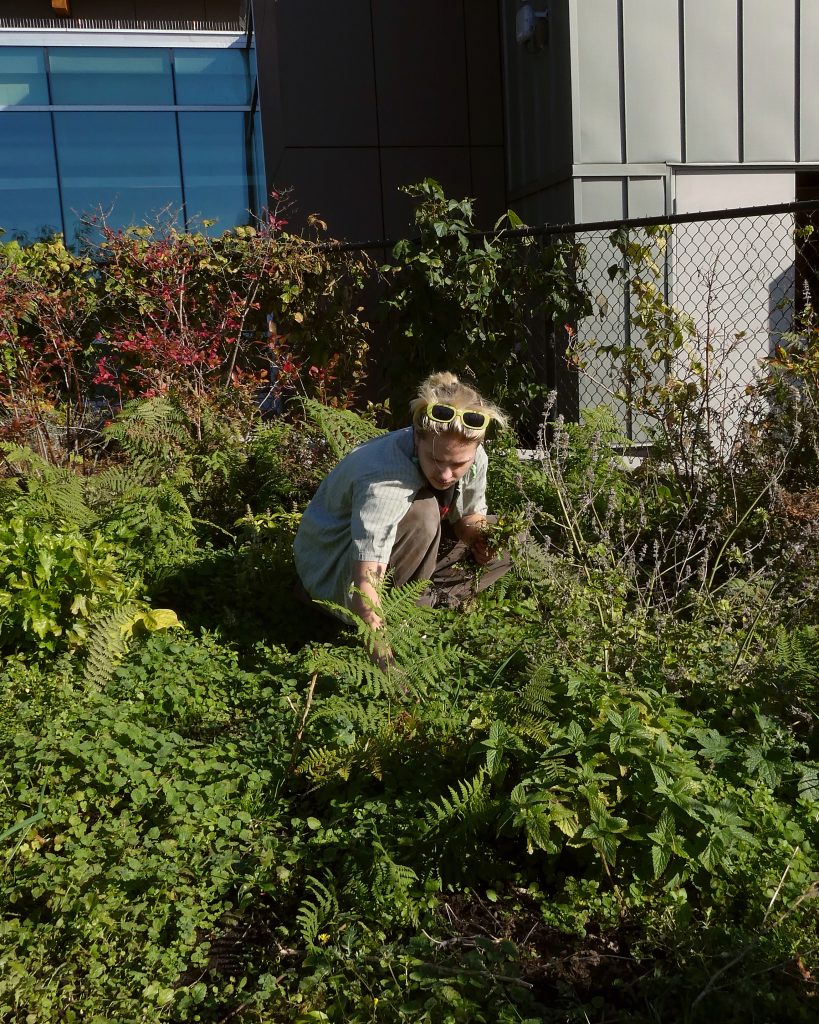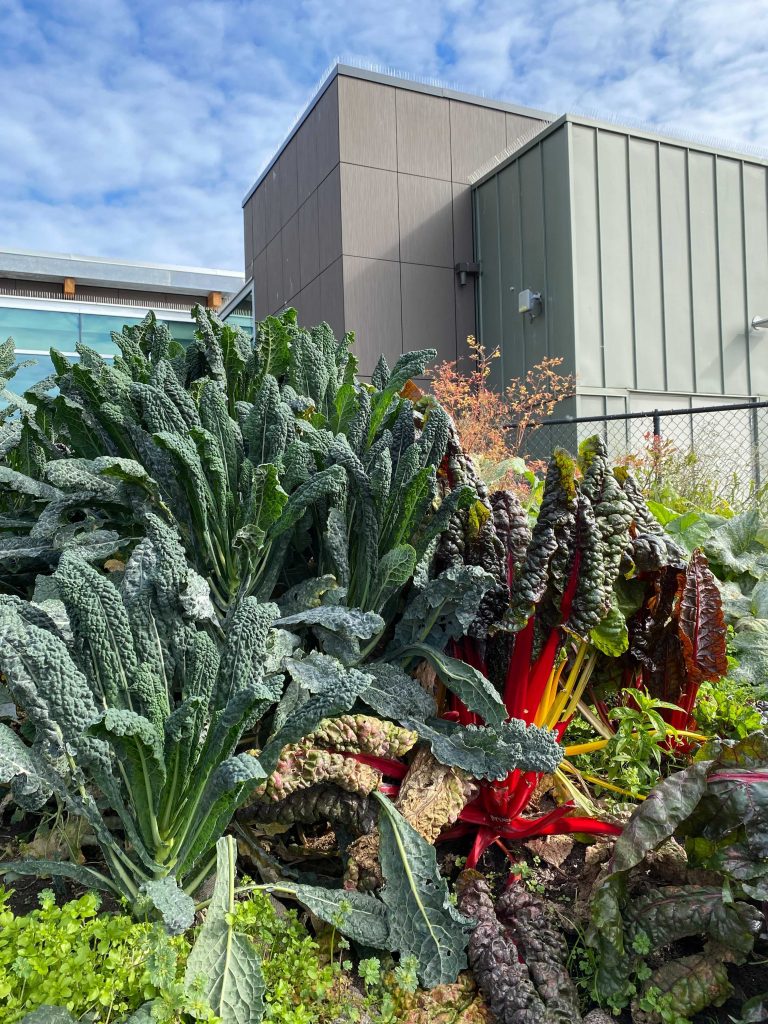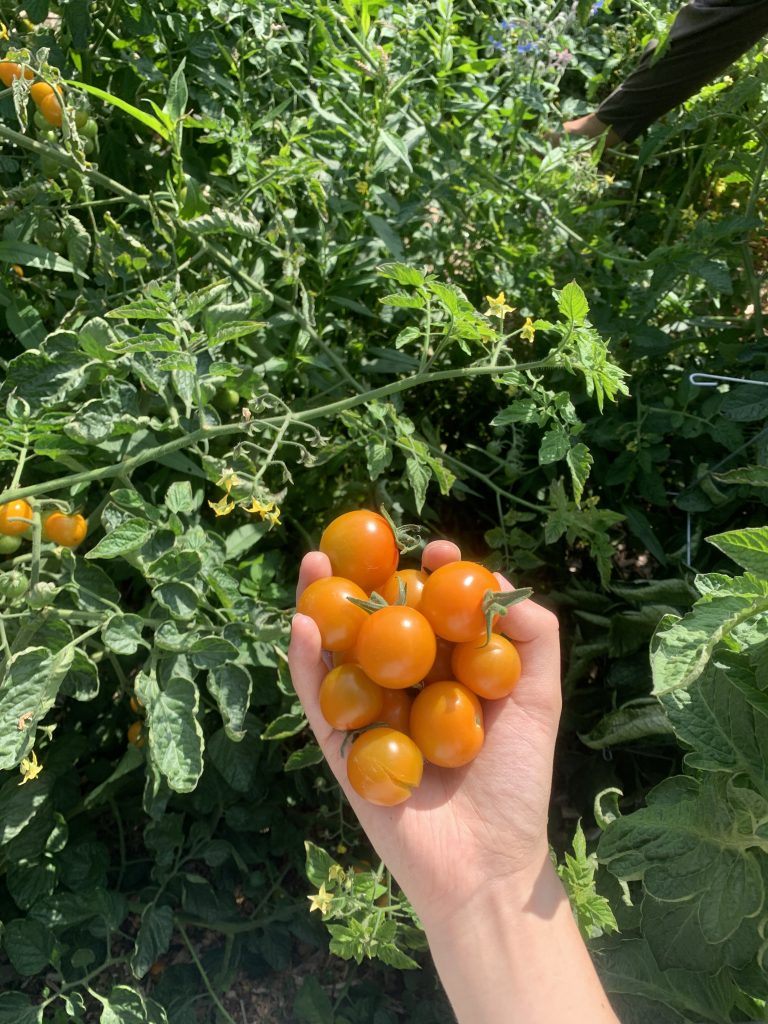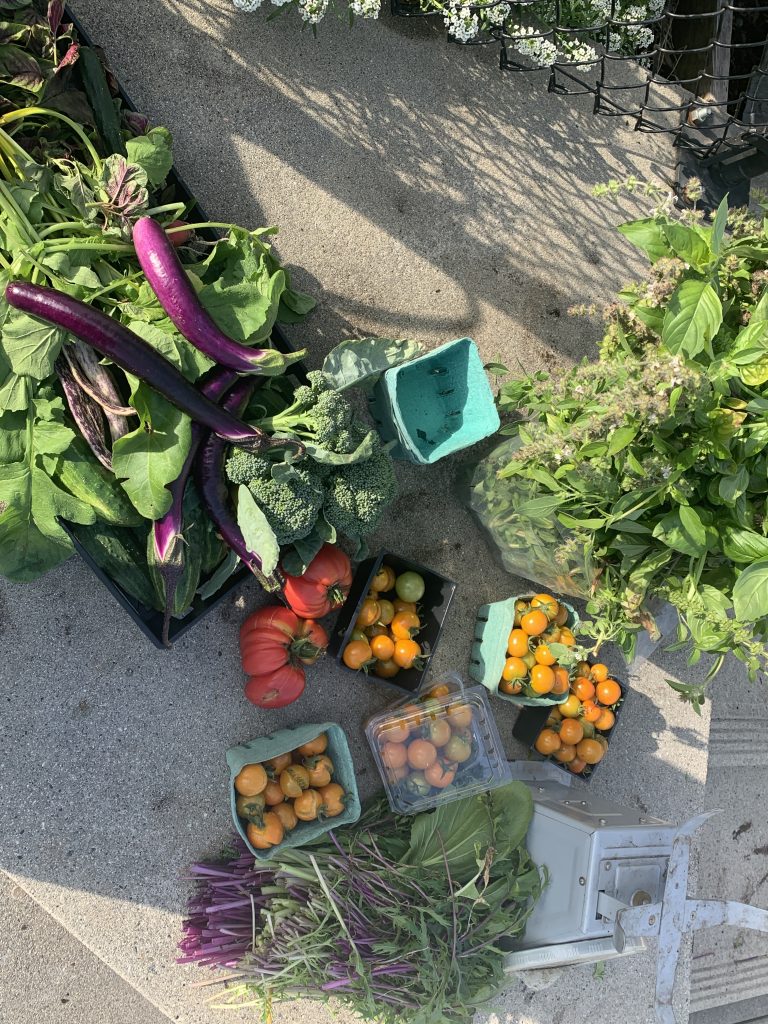Cucumber
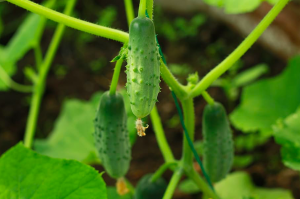
This warm season vegetable needs full sun and soil temperatures of 15-30°C (60-85°F) to germinate. No earlier than 2 weeks after the last frost date, sow 3 to 4 seeds 2cm (1″) deep in each spot you want a plant to grow, spacing plants by 23cm (9″) in rows 90cm (36″) apart. Once they sprout, thin to the strongest seedling. If the temperatures dip again after planting, cover the seedlings to protect them. Work diolomite lime, compost, and ½-1 cup of complete organic fertilizer into the soil 6 to 8 inches deep before planting if you want to go above and beyond. Make successive plantings every 2 to 3 weeks for a continuous harvest. Cucumber vines are traditionally left to sprawl across the ground, but they can be trained up trellises to make better use of space if need be. There are also bush varieties that can be grown in containers or smaller gardens. Harvest when the cucumbers are medium sized, about 15-20cm (6-8”). Allowing them to grow very large is exciting but they tend to taste bitter and will signal to the plant to stop producing. Check daily and harvest frequently for a more prolific harvest. If it doesn’t rain, water consistently to keep the soil around the plants moist. If it gets dry your cucumbers will taste bitter. Plant cucumbers with asparagus, beans, brussel sprouts, broccoli, kale, lettuce, onion, peas, radish, tomatoes, nasturtiums, and dill. Both corn and sunflowers can act as a trellis for cucumber vines Do not plant cucumbers with potatoes or sage.
Melon
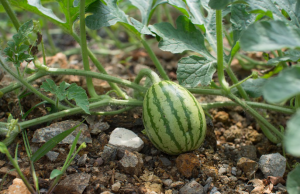
Melons are another warm season plant that needs full sun and is known for taking up space. However, melons can also be trained to grow vertically up a trellis. Germination is typically best between 21 and 32°C (70-90°F). Melons typically require 8 to 10 weeks to maturity, varying with the type of melon and the cultivar. Read your seed packets and choose the one appropriate for the growing season in your climate zone. Start seeds indoors in peat pots two weeks before the last spring frost. Plant the seeds 1cm (½”) deep in groups of 2 or 3. After the seedlings emerge, choose the strongest one in each group and remove the others. When the plants are 5 weeks old, transplant them outside 46 to 61cm (18-24”) apart while adding compost to the soil. If you have multiple rows, space the rows 1.5 to 2m (5-6′) apart from each other. In Southern regions with long, warm summers the growing season may be long enough to direct sow melon seeds. Cover the plants with a row cover up until they flower for extra warmth. Water the plants deeply and infrequently, and reduce watering as the fruit ripen to increase their flavor. Harvest cantaloupe when it turns from green to yellow and the skin becomes course and rough. At full maturity, the fruit will come away from the vine easily when twisted. Watermelon and honeydew will need to be cut off the vine, and are more difficult to determine when ripe. Harvest when the leaves closest to the fruit turn yellow. For watermelons, another sign of maturity is when the light green bottom part of the fruit touching the ground takes on a yellowish hue. If you can smell the sweet melon flavor through the skin, that is a good sign. Melons grow particularly well in raised beds which offer extra drainage, and when planted next to corn, marigolds, nasturtiums, radish, pumpkin, and squash. Do not plant with potatoes.
Squash
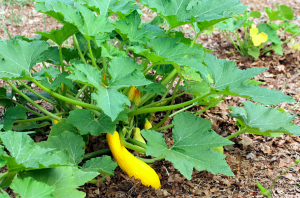
Wait until the soil has warmed to at least 16°C (60°F) before direct sowing this warm season crop, although optimal germination temperatures are 25-35°C (77-95°F). Before planting, choose a location with full sun and amend the soil with compost or a complete organic fertilizer. Plant 4 to 5 seeds on mounds of soil 2.5cm (1”) deep, then this down to 2 or 3 plants once the seedlings develop their true leaves. You can also start seeds indoors 3 to 4 weeks prior to their planting date. Start them in peat pots which can be buried with the plant to avoid stressing the roots. There are many different types of squash, including pumpkin, butternut, delicata, acorn, hubbard, and spaghetti. Summer squash, like pattypan and zuccini, are known for their thin skin and prolific production. Summer squash typically like to be planted 45-60cm (18-24″) apart with rows 90-120cm (36-48″) apart from each other. These variety will take about 60 days to mature. Winter squash, such as pumpkin and butternut, need 80 to 110 days to reach maturity. They have thick, protective skins that typically turn a rich color. Give winter squash even more room with a minimum of 90-120cm (36-48″) between each plant and keep rows 120-180cm (48-72″) apart. When they are ripe, cut them from the vine leaving 5cm (2”) of stem attached to the squash, and allow them to cure (sit and dry) in the field for 10 days. Then sponge their surface with a 10:1 solution of water and chlorine bleach to inhibit mold and store in a cool, dry place for up to 6 months. Harvest squash frequently to encourage more production, and plant them with corn, peas, nasturtiums, and radish. Do not grow them near brussel sprouts, broccoli, kale, or potatoes.

